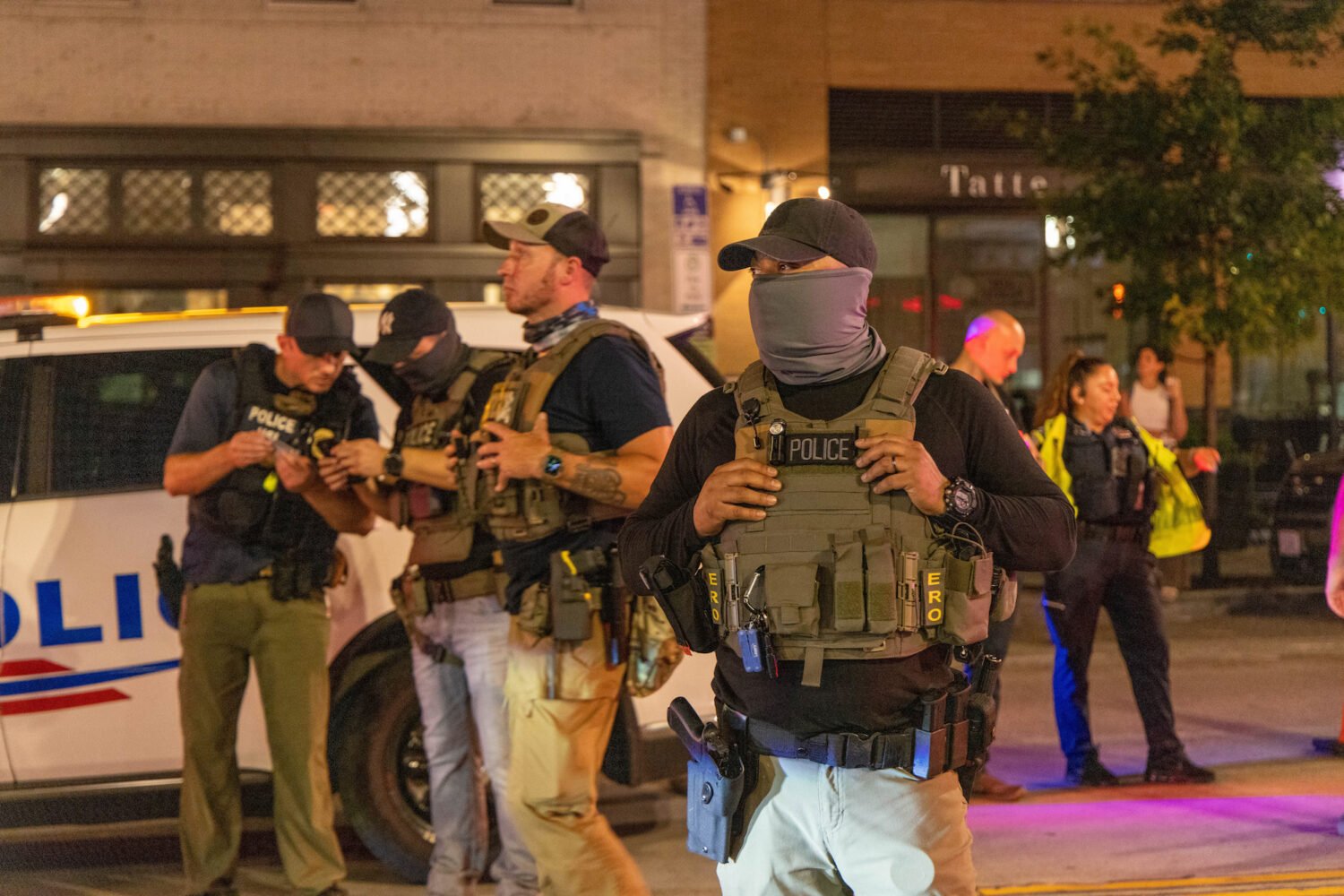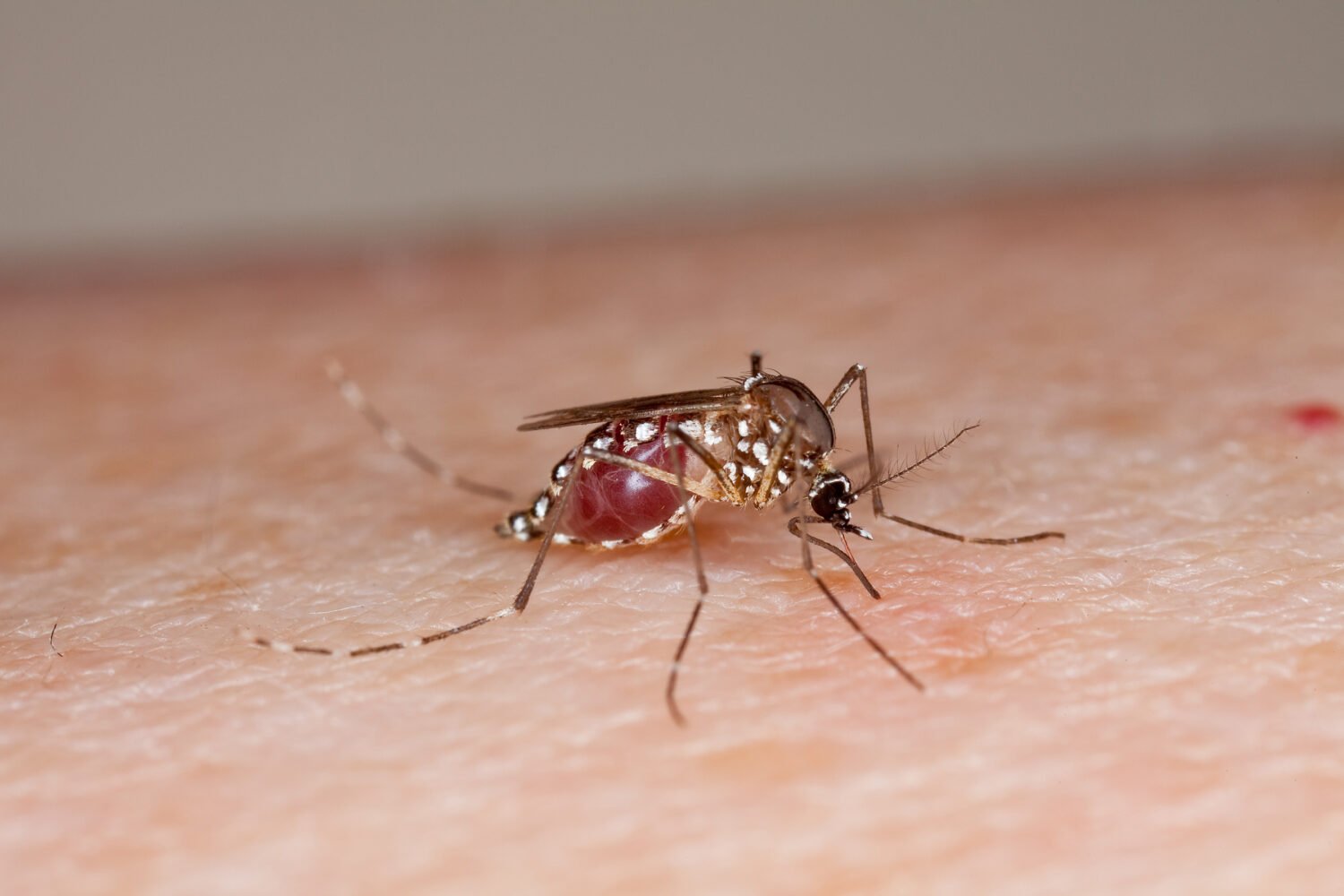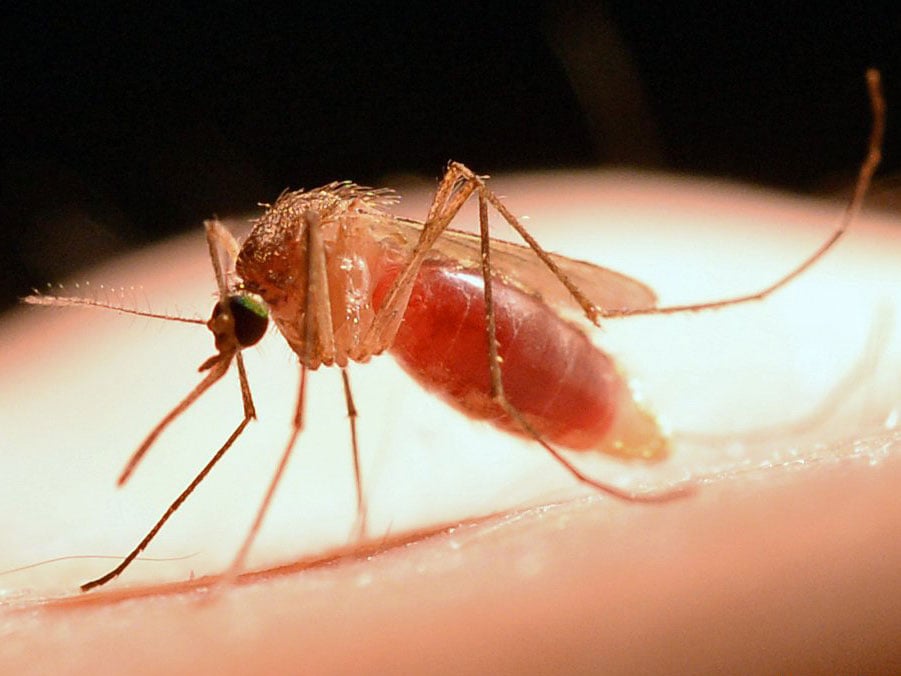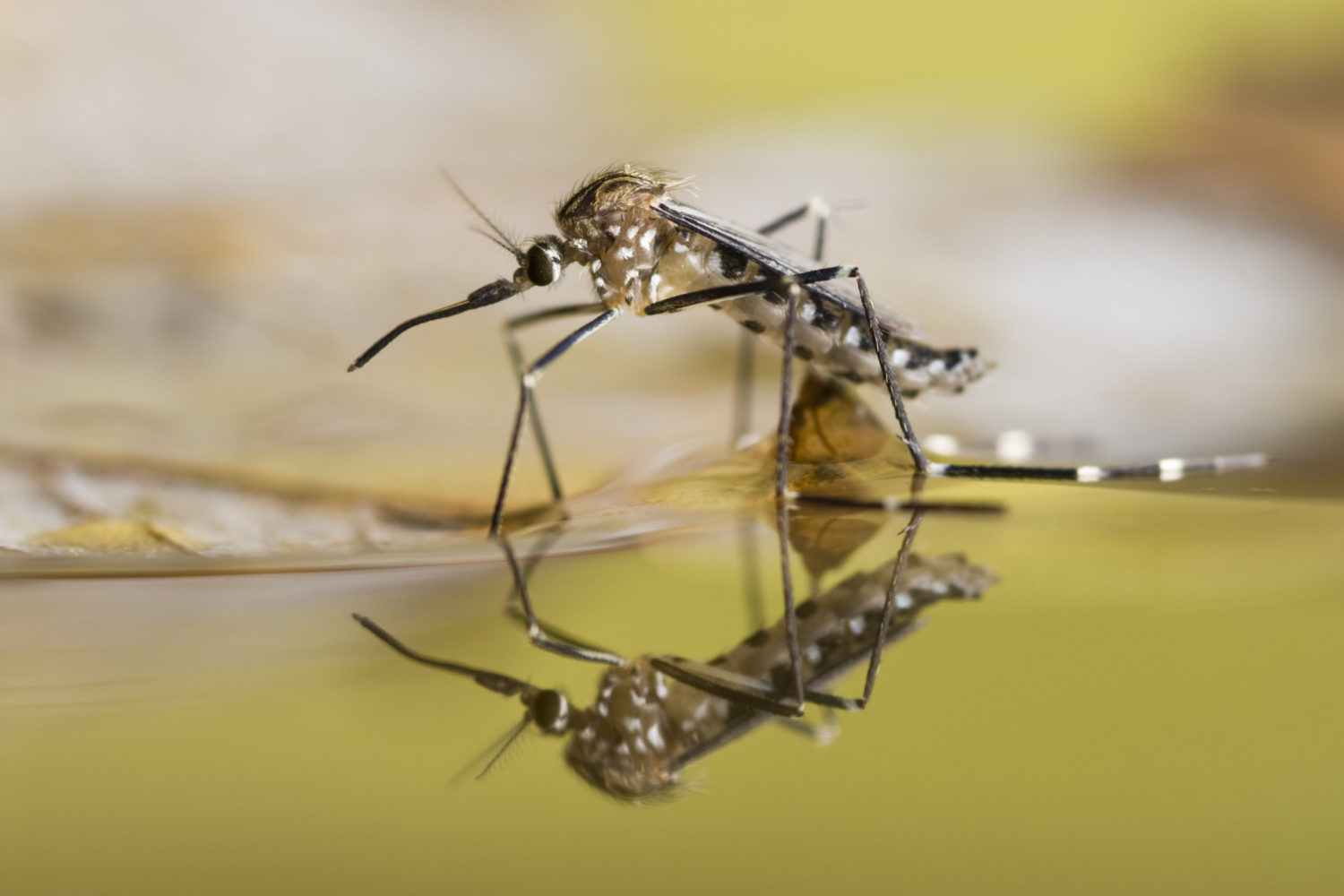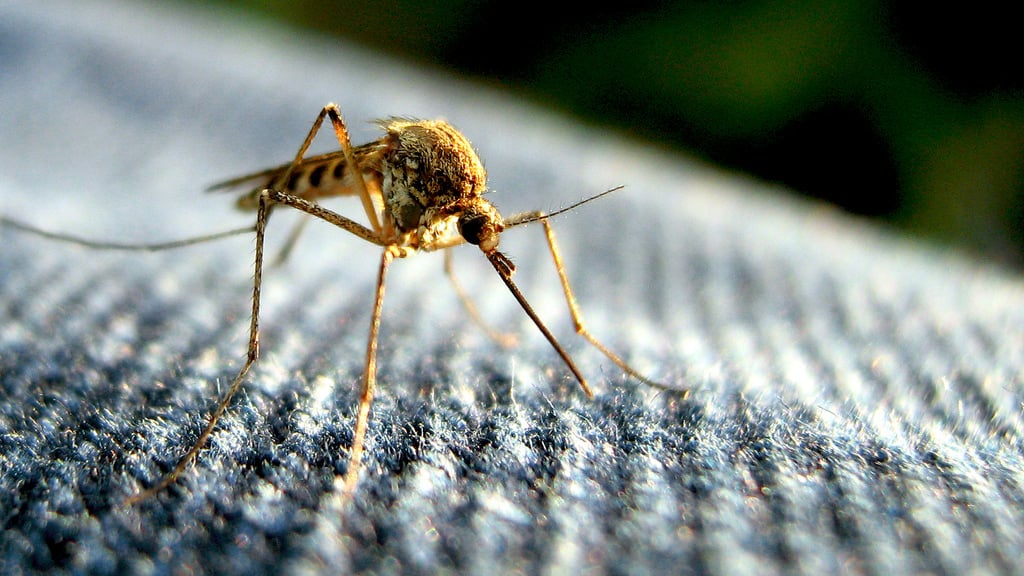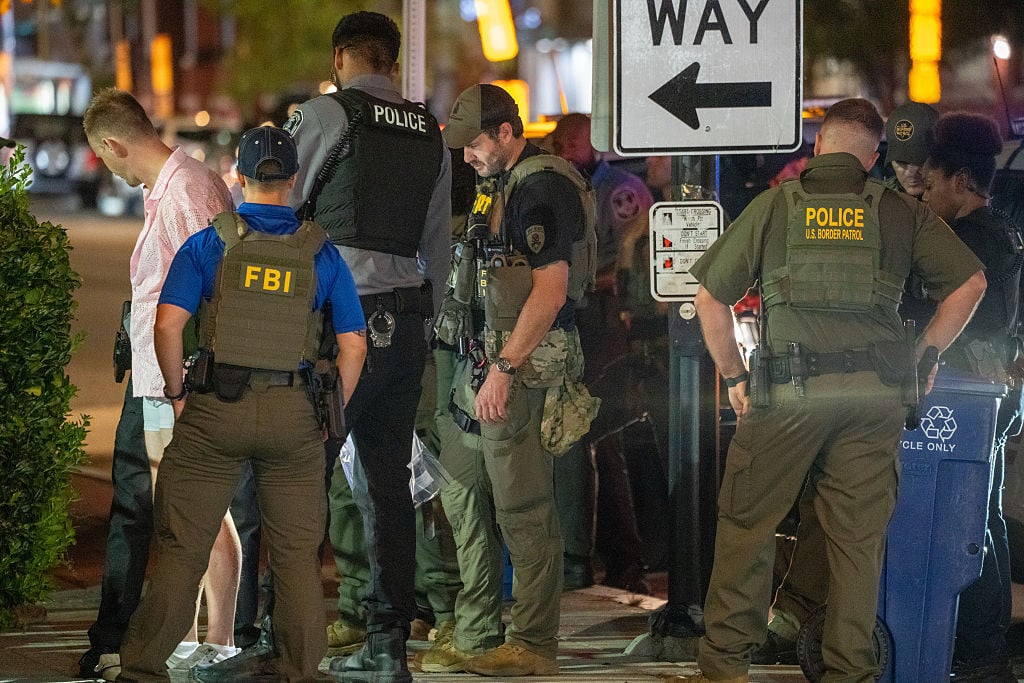A malaria patient who lives in the DC region has been released from the hospital after contracting the deadly disease locally, the Maryland Department of Health reported Friday. The local case of malaria, a disease spread via mosquitoes, is the first recorded of its kind in 40 years.
Local public health officials are highlighting the “unusual” case because officials think the disease was contracted within US borders. According to the Centers for Disease Control and Prevention, there are about 2,000 malaria cases recorded in the US each year, but those are often by travelers visiting areas where the disease is more prevalent, like South Asia and sub-Saharan Africa.
But this year, for the first time in nearly 20 years, individuals are contracting the disease in the US. Florida and Texas officials reported cases of locally transmitted malaria earlier this summer, making the Maryland case only the latest domestic appearance of the illness since it was deemed “eliminated” in the US in 1951.
“There’s no reason for panic, but this is something that we all need to watch out for in the next couple of years,” says Prakash Srinivasan, an assistant professor at Johns Hopkins’ Malaria Research Institute.
So to get an idea of what’s going on, we talked with Srinivasan to unpack what you need to know about malaria:
Why is local transmission happening?
That’s a million-dollar question. We know the mosquitoes that can transmit the disease are present, and we also realize that climate change can have an impact on the ability of these mosquitoes to persist longer during the year. Mosquitoes [that] did not occupy spaces in the north, for example, due to cold weather conditions, can start moving toward the north because of the expanding availability of habitats due to longer warm temperatures persisting. So that’s been one of the parts that scientists around the world have wondered about: How might climate change impact such diseases like malaria? [Malaria] can be reintroduced to areas, like the US, that have successfully eliminated malaria in the past. It’s a mix of both issues. So the presence of mosquitoes and the availability of parasites in the form of infected human hosts that these mosquitoes can feed on.
There haven’t been reported cases of locally transmitted malaria in the US in about 20 years, but this year a few have popped up around the country, including in Maryland. Why is this happening now?
Nine or 10 cases in a place that has completely eliminated malaria and has not heard about a local transmission case for 20 years might seem like a lot. But we should still remember that it’s nine cases. Malaria infects over 200 million people in Africa alone every year, resulting in half a million deaths or more in Africa every year. A child dies of malaria every minute in Africa, right? That’s a huge problem there, so putting it in that context, a handful of cases may not seem like a lot, but it remains to be seen. The last [locally transmitted] cases were observed 20 years ago and prior to that, maybe several years before that. So is this sort of a blip in the radar? Or is this a yearly occurrence from now on? Only time will tell us.
How worried should people be about mosquitoes and malaria?
It’s not something that you will be worried about going outside to your backyard or anything like that because this is largely a preventable disease. There are very good antimalarials available that are very effective. The key here is diagnosing and treating early. And with any other mosquito-borne diseases, things like covering up, wearing long-sleeved clothing, using insect repellant, and paying attention to water accumulating in your backyard or in the kids’ toys [which] will prevent mosquitoes in your backyard will also go a long way in preventing mosquito-borne illnesses such as malaria.
What are the symptoms that people should be looking out for if they are concerned they contracted malaria?
Many of the symptoms are similar to many viral diseases, and that’s often fever, joint pain, headaches, nausea, vomiting, moderate to severe shaking and chills, and sweating. Again, these are all symptoms that we also associate with many viral infections as well, so that is always the challenge. What is it that we are getting these symptoms after, were [you] exposed to mosquito bites? Did [you] travel to a malaria-endemic country?
Is it possible that there were unreported cases of locally transmitted malaria?
It depends on the person whose documenting the symptoms. If a person has lived a great part of their adult life or their childhood in a malaria-endemic country, they have developed some degree of resistance or immunity to the disease, and they might be showing relatively minor symptoms. Most people living in the US, because they’ve not been exposed to malaria in the past, might have severe symptoms, and it’s important to listen to your body and keep track of your symptoms and approach a healthcare provider promptly. The earlier the diagnosis, the better the treatment.
I know some types of Anopheles mosquitoes, which exist in the region, are the species of mosquito that transmit malaria. Can you explain why they are here?
There are a number of Anopheles mosquitoes that are quite prevalent in Maryland and even more so down south, like in Florida and Texas. But there are also many Anopheles mosquitoes that are specific to each geographic location, [there] are predominant Anopheles mosquitoes that are in Africa, there are predominant Anopheles mosquitoes that are in India. What is also being seen is with the movement of travelers, flights, and luggage; just like people travel, mosquitoes can hitch a ride on these flights. So sometimes they can hop on these flights and are exposed to these new geographic areas, and if the conditions are conducive for the mosquitoes to thrive, like swampy areas and hot, humid areas, they can establish a niche. With global travel and climate change, we can potentially make new areas where these Anopheles mosquitoes can establish themselves and thrive.
With climate change’s effects expected to worsen over the coming years, are we going to see more cases of locally transmitted malaria going forward?
The hope is that this is, again, a blip in the radar. But the main question looking forward is, in the next years, is this a pattern that becomes more consistent? Do we see an increase in the number of these cases? Those are all important questions that remains to be seen. And again, this is no reason for alarm because these are literally a handful of cases, and our public health systems are strong enough to handle these types of blips. But it remains to be seen in the future if climate change worsens, are these cases going to be seen year-round? Do we see them more frequently every year? I wish I had a lens to look to the future and see that, but these are all questions that are in the scientists’ and public health officials’ minds.
This interview was edited for length and clarity.


